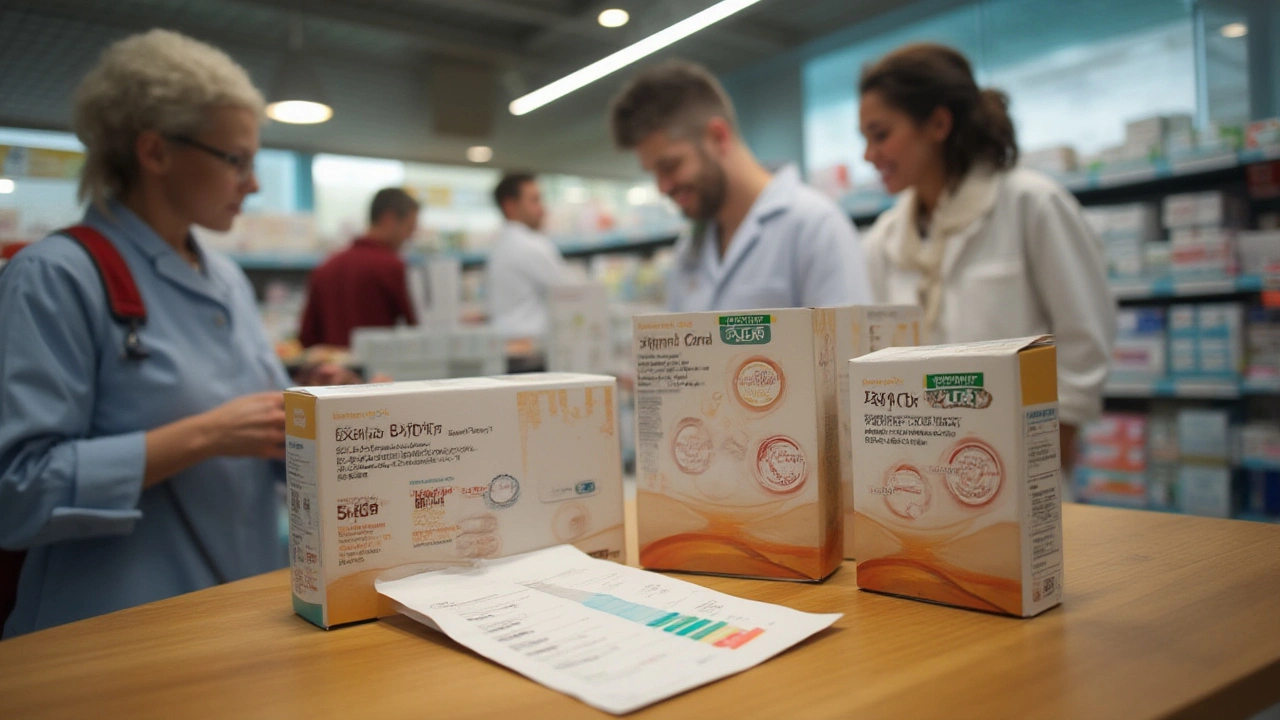COPD treatment: clear, practical steps to breathe better
Living with COPD can feel like a constant fight for air. The good news: you can reduce symptoms, avoid flare-ups, and stay active with the right mix of medicines, lifestyle changes, and simple daily habits. This page gives straightforward, usable tips you can act on today.
Medicines: what works and how to use them
Short-acting bronchodilators (SABA or SAMA) are your quick rescue medicines for sudden breathlessness — think albuterol or ipratropium. Long-acting bronchodilators (LABA and LAMA) reduce daily symptoms and prevent attacks when used every day. Many people do best on a combination inhaler that pairs a LABA with a LAMA or an inhaled steroid (ICS) when inflammation is a problem.
Roflumilast is an oral option for people with chronic bronchitis and frequent exacerbations. Antibiotics and a short course of oral steroids are often used during flare-ups. If you’re on oxygen at home, follow your doctor’s flow settings closely — continuous oxygen can improve survival for those with low blood oxygen.
One simple but often missed step: check your inhaler technique every visit. Using the wrong method cuts the medicine’s benefit. Ask a nurse or pharmacist to watch you use it once — small fixes (spacer, slower inhalation) make a big difference.
Daily care, rehab, and when to get help
Quit smoking. It’s the most important step you can take. Nicotine replacement, varenicline, and behavioral support raise your chance of success. Avoid smoke, strong fumes, and very cold air when possible.
Pulmonary rehab is short, focused training that mixes exercise, breathing techniques (like pursed-lip breathing), and education. People who complete rehab usually walk farther, breathe easier, and need fewer hospital visits. Try to stay active every day — even a 10–20 minute walk helps.
Vaccines matter: get your yearly flu shot and keep pneumococcal and COVID vaccines up to date. Proper nutrition and staying hydrated help your body fight infections and recover from flare-ups.
Have an action plan: know your daily medicines, keep a rescue inhaler handy, and mark symptoms that mean you need to call your doctor — increased shortness of breath, new cough with colored mucus, or fever. Go to the ER if you have severe breathlessness, confusion, or blue lips/fingertips.
Finally, track your lung function with your doctor. Spirometry (FEV1) and regular check-ups guide treatment changes. With the right mix of meds, rehab, and planning, many people with COPD stay independent and active for years.
Symbicort Generics in 2025: What’s Approved and How to Get Them
Discover which Symbicort generics are FDA-approved in 2025, how to access them, and what sets each option apart for asthma and COPD management.

